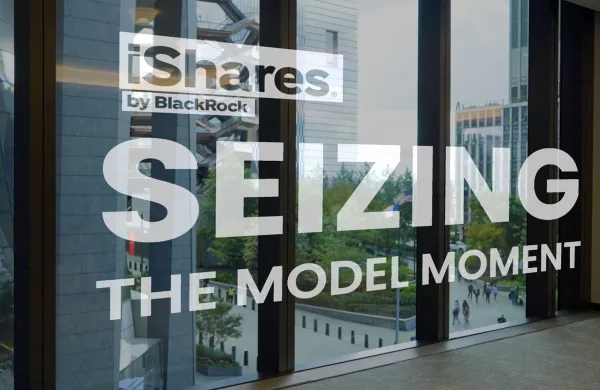Today that's a musty buzzword. But just like the Internet, thin-client computing has gone through a makeover, a cycle of hype, revision and metamorphosis. Now, with an assist from the Internet, thin clients -- PCs that can run operations as complicated as investment portfolio analytics and risk management simulations without the need for locally installed software -- are helping to redefine enterprise computing.
Indeed, the front lines of finance may be the best showcase for how far thin-client computing has come.
Online banking and brokerage, for example, are classic thin-client programs: Customers perform transactions on their PCs with nothing more than an Internet browser. And the trend is spreading well beyond the retail level. Wells Fargo Bank, in addition to its 5 million-consumer Internet operation, has more than 400,000 businesses, including a majority of its large corporate clients, doing cash and treasury management in thin-client fashion.
Barra, the Berkeley, Californiabased risk management systems pioneer, has recast its products for delivery via a simple browser interface. Similarly, Boston-based SunGard Investment Management Systems' Xamin performance measurement and attribution software, which traces its roots back to the 1960s, will soon be available as EXamin, complementing other Web services for money managers.
"We're now accustomed to running pretty complex analytics in real time," notes Stephen Latham, director of Deutsche Bank Securities' prime equity services unit, which provides a wide range of portfolio management and related support services to hedge funds. "In the old days you'd run one of these programs and then you'd go out for coffee, and it still might not be done."
Back then such analytical models would have run on a local thick client with less-than-optimal horsepower. In today's thin-client framework, the PC is downsized and its code-laden software removed to more powerful, remote computers that can be more easily and cheaply maintained.
Taken to an extreme, thin clients are a throwback to the early days of computing, when desktop terminals were "dumb" and all the intelligence resided in central mainframe computers.
The rise of thick, or rich, clients, spurred by the 1980s PC revolution, led to an interactive approach called client-server computing: Office desktops, besides holding self-contained programs like Microsoft Word, required additional software to handle work "served" by networked computers.
Champions of thin-client computing -- in particular, Lawrence Ellison and Scott McNealy, the CEOs of Oracle Corp. and Sun Microsystems, respectively -- argued that under the client-server model, PC upgrading and maintenance had become a systems-administration nightmare. The antidote, they said, was to slim down the client and, to paraphrase Sun's advertising slogan, let the network be the computer.
Many analysts praised the technical and economic merits of the thin client, but Ellison and McNealy's vision clashed with that of their frequent antagonist, Microsoft Corp. chairman William Gates, whose business revolved around client and client-server applications.
Out of that conflict has emerged a synthesis. "People still buy machines to run locally," says Barra CEO Kamal Duggirala. "But they're also doing much more with thin clients."
"Ellison can say, 'I was right,'" notes Randy Heffner, a technology analyst with Cambridge, Massachusettsbased Forrester Research. "But things like spreadsheets and contact management are still very much client-based, and Microsoft keeps pushing more and more power to the desktop -- though one could imagine, over time, that they'd move [to servers] too."
That couldn't come soon enough for Tom Allanson, head of the consumer tax business at Mountain View, California based Intuit's TurboTax unit. "Moving off the desktop would be a huge benefit because most customer support issues are related to problems loading PC software," says Allanson. "The barrier is confidence -- people may not yet be ready to store personal data on our servers. But they don't have a problem doing online banking today, and I think we'll eventually get there."
SunGard global product manager Scott Gruchot concurs. "With the power in today's application servers, we see more and more [institutions] moving in this direction," he says. "Thin is definitely in."





